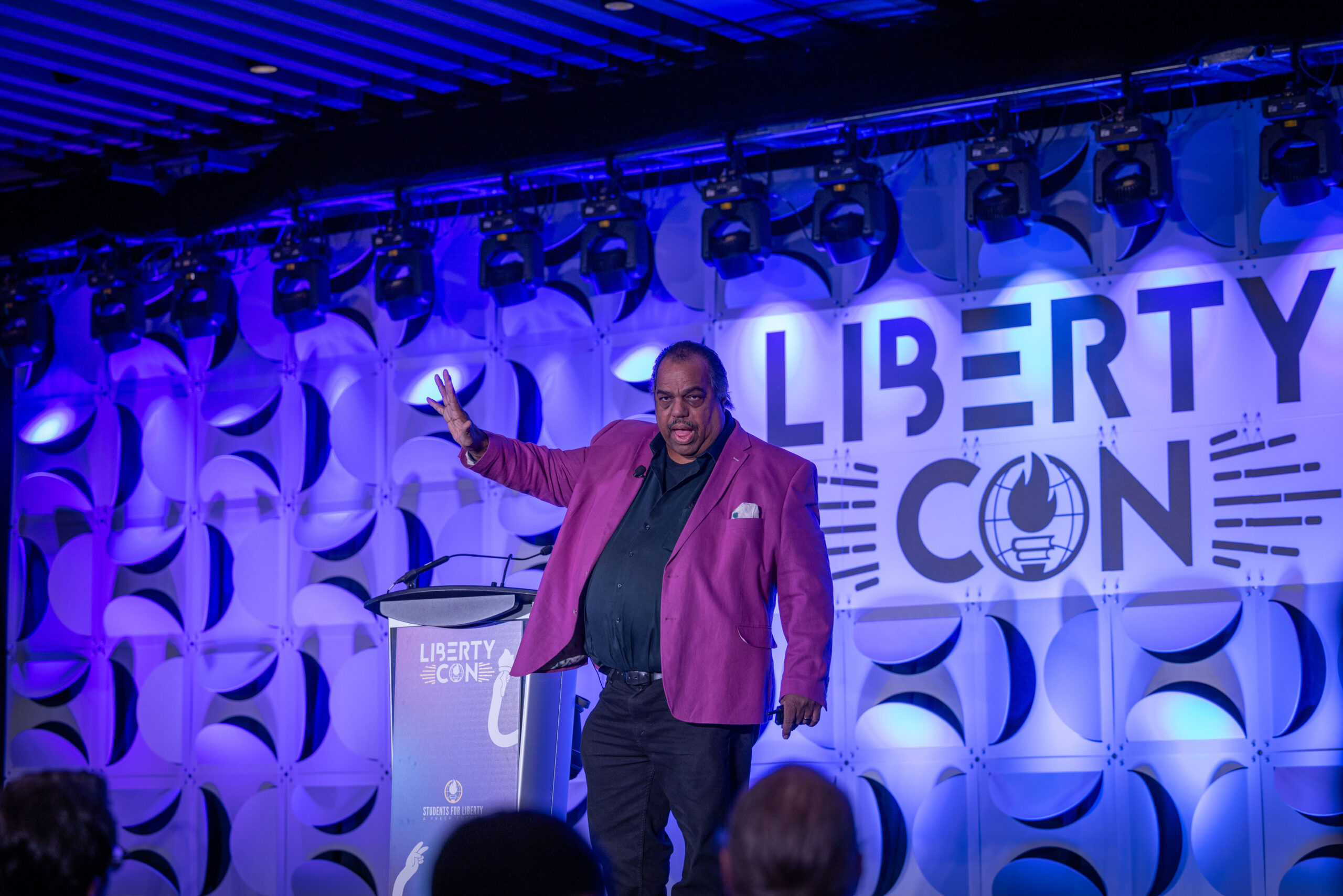Perhaps it’s best that I start this with a confession. When Students For Liberty first went about creating memes for LibertyCon, I was not very excited.
Rather, I found myself thinking, “This isn’t very cool”. Well, my thoughts led me to research memes and I’ve come up with some information to better help us use memes for the cause of liberty and look less dorky while doing so.
Memes defined
What exactly is a meme? In basic terms, a meme is “an idea, behavior or style that spreads from person to person within a culture.”
Think of memes as a gene, except that rather than being a unit of genetic information, it’s a unit for carrying cultural information. And much like genes, memes can self-replicate, mutate and respond to selective pressures. Or, in simple language, they evolve by means of natural selection.
The four stages of meme replication
So how do memes spread? It turns out there is significant discussion of the way memes spread in the field of cultural psychology. In fact, real scientific research has been made on this topic. Here is the main theory of memes translated in layman’s terms. There are four stages of meme replication:
- Assimilation. Memes have to be absorbed into the mind. It can’t be too obvious that it is doing this, but a person has to notice it and think the meme is important enough to accept. Next, the person has to understand the meme, which not everyone can do. Once understood, the person needs to take it seriously as part of their thought process.
- Retention. Retention will depend on how important the idea is to a person and how often the meme is repeated, either by repetition or by internal rehearsal. We remember things that are frequently reinforced.
- Expression. Memes need to be communicated to others through either visual or verbal speech.
- Transmission. For someone else to “get” the meme, an expression needs a medium of transmission in which it doesn’t become diluted and can effectively infect someone new to start the process again.
Thomas Paine’s Common Sense: the first meme in libertarian history
Liberty actually has had many memes throughout its history and all have spread through the meme infection process.
Thomas Paine’s Common Sense can be described as an early successful meme for liberty. Unlike the scholarly works of Locke or other philosophers that are at the foundation of classical liberal theory, Paine was widely circulated among the general population.
Common Sense was, as we were told in history class, extremely popular. In relation to the population of the American Colonies in its first publication, it had the largest sale and circulation of any book in American history.
It was easily assimilated, retained, expressed, and transmitted. It’s as if Common Sense was a precursor to Lolcats.
What are the two ways you can use memes?
Ron Paul’s campaign has had a few successful memes, most notably “End the Fed.” However, it’s still limited to people who either know what the Fed is or are willing to find out about the American monetary system.
In terms of how we go about using memes today, there are two main ways they can be done— through creating new memes or using existing memes.
Creating something new as a cultural unit is quite difficult. Creating a meme is often not even something people do deliberately, it just sort of happens, and we attribute this to memes’ viral nature. Thus, using existing memes sometimes becomes our best option.
However, if you want to try and create a meme for your campus club, there is still hope. In club advertising on campus, student groups have the opportunity to try creating memes with local campus references.
A local meme for a college is a smaller unit of culture and more easily spread through the campus because people on campus are more likely to get it.
Successful communication of internet memes
While it may seem easier to use existing memes, doing so is not as easy as it seems. To use existing memes effectively, you have to understand the cultural connotation of that meme and see how well it applies to the direction you want to take the idea.
Part of the reason people express memes after step one and two is that they see the meme as authentic and personally feel a sense of ownership.
Socially Awkward Penguin was successful because it so readily applies to our own lives and can easily be spread by referencing our own experiences, authenticity, and ownership. Not all existing Internet memes are easily applicable to the liberty movement, and using ones that aren’t can come off strange and clash with people’s existing understanding of a meme.
Yet, I believe there is one modern meme that can be readily applied to liberty and limited government. Ron Swanson is popular, understood as a libertarian, and presents a comfortable and lighthearted way to approach people.
It’s time to get started
So, now what? Hopefully you have a better idea of what memes are and how they can be used to aid you in your campus activities. In fact, this article may be part perfecting the natural selection process of memes. I hope that you’re successful in infecting the notion of liberty into the unsuspecting masses.
For more resources, be sure to check out our Local Coordinator Toolkit by clicking on the button below.
This piece solely expresses the opinion of the author and not necessarily the organization as a whole. Students For Liberty is committed to facilitating a broad dialogue for liberty, representing a variety of opinions.







